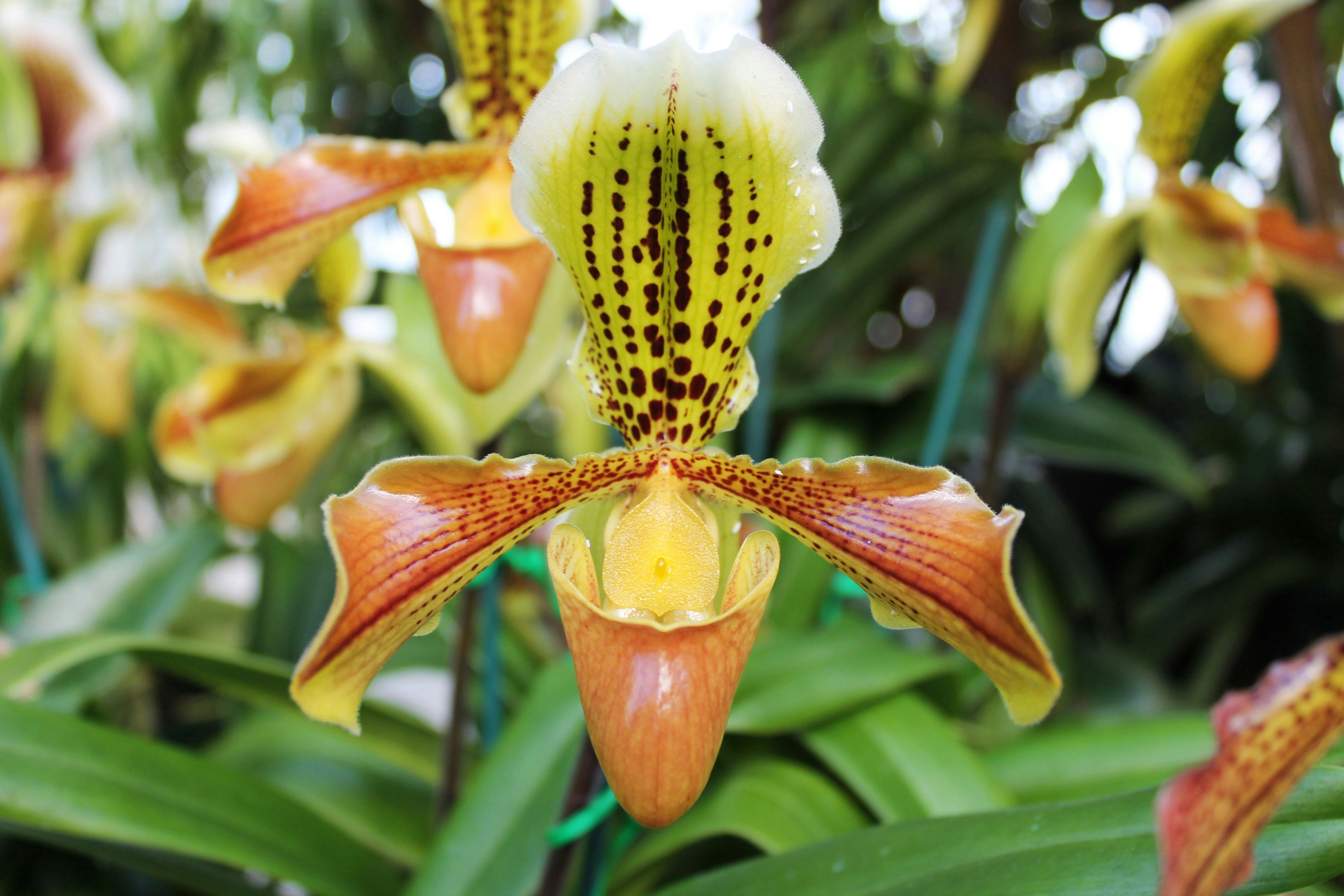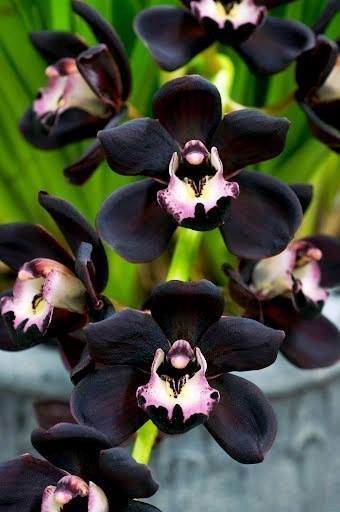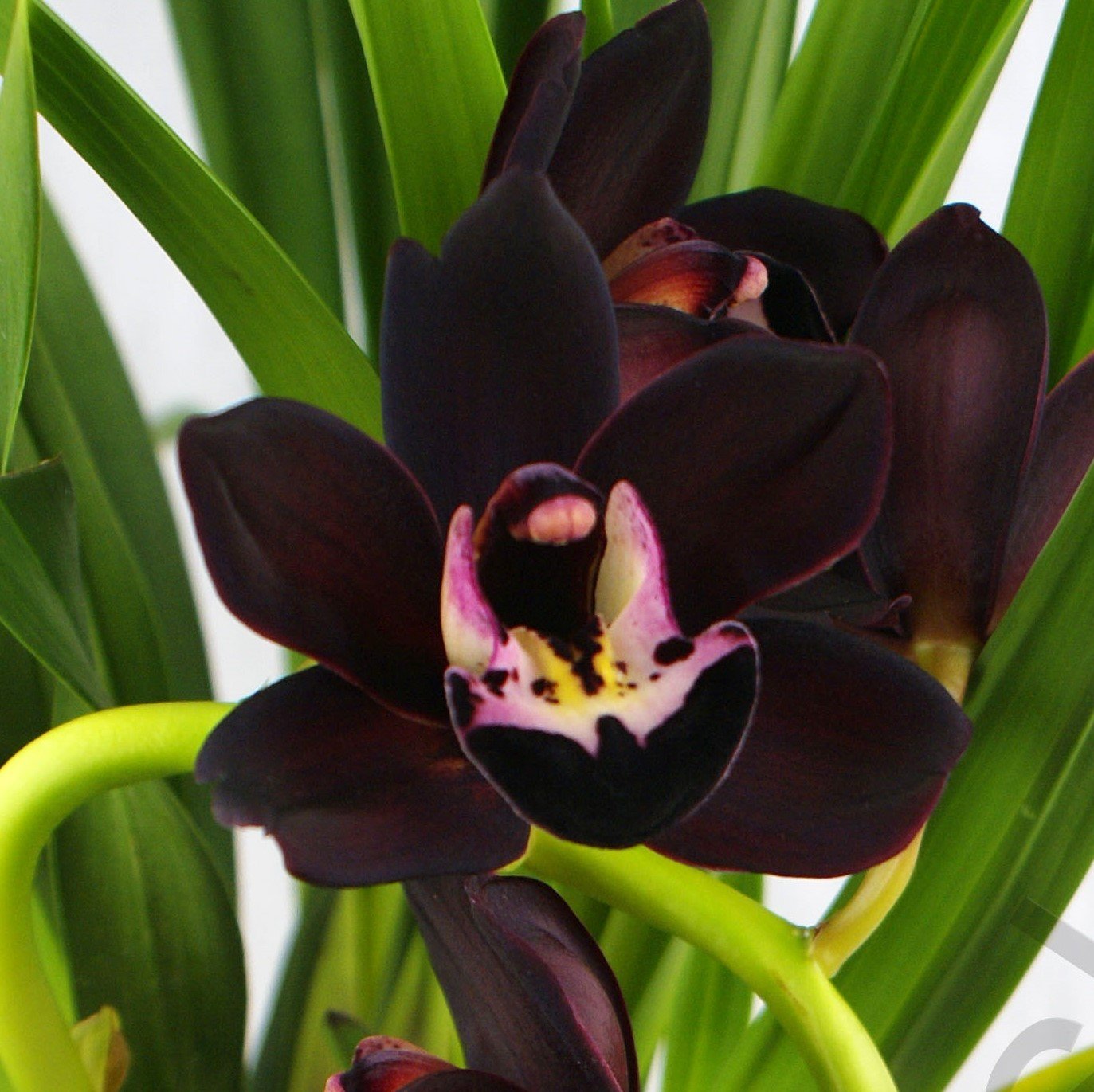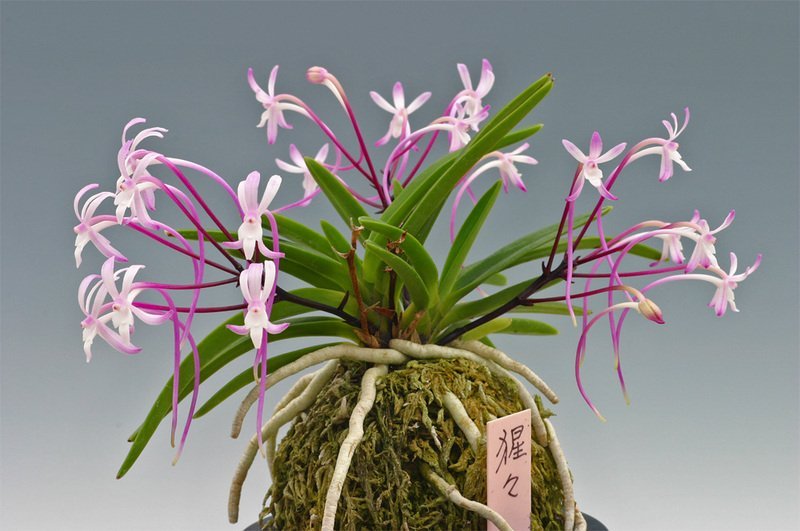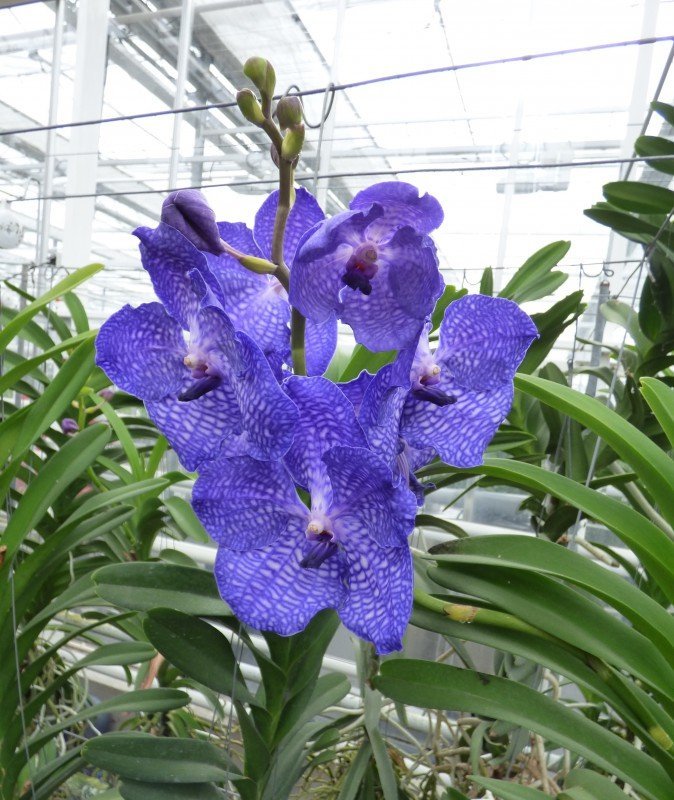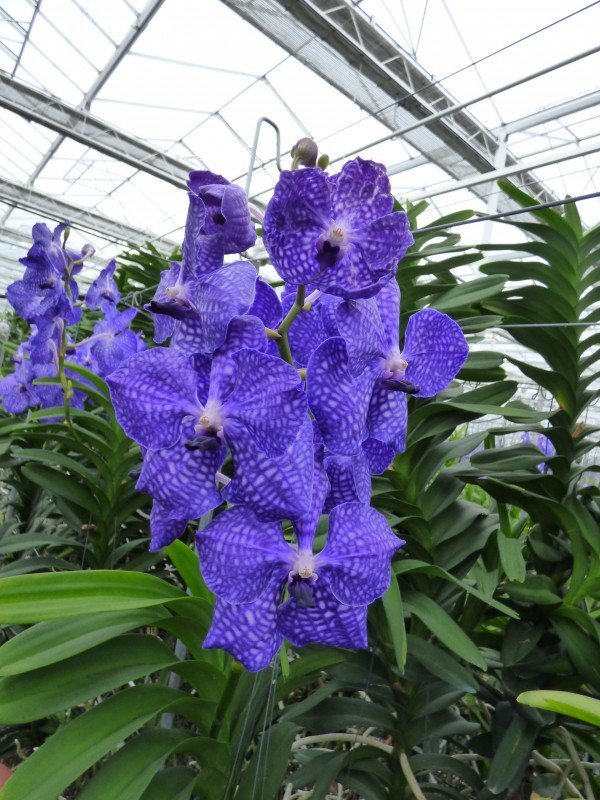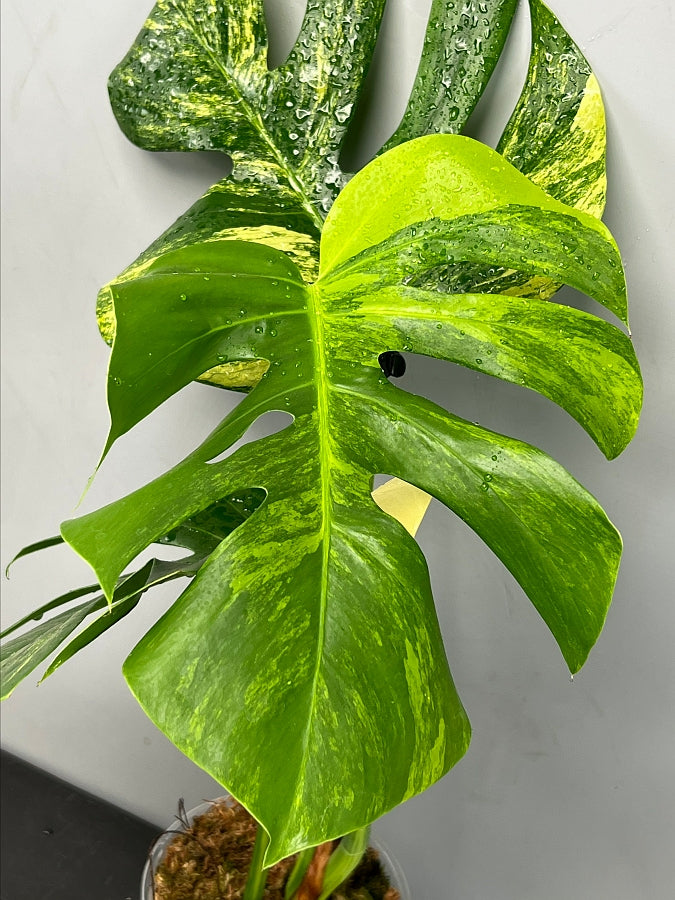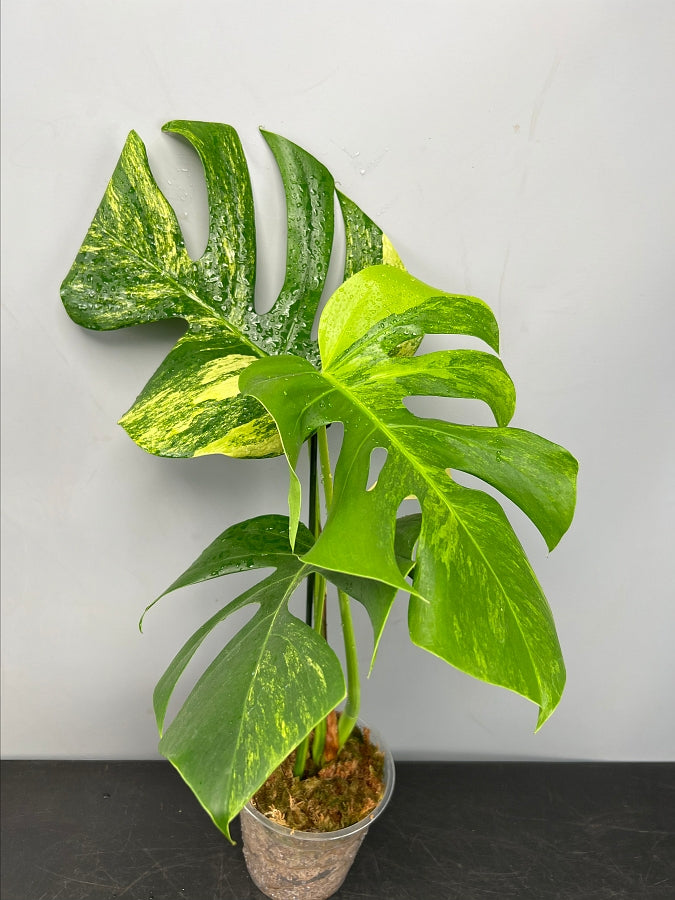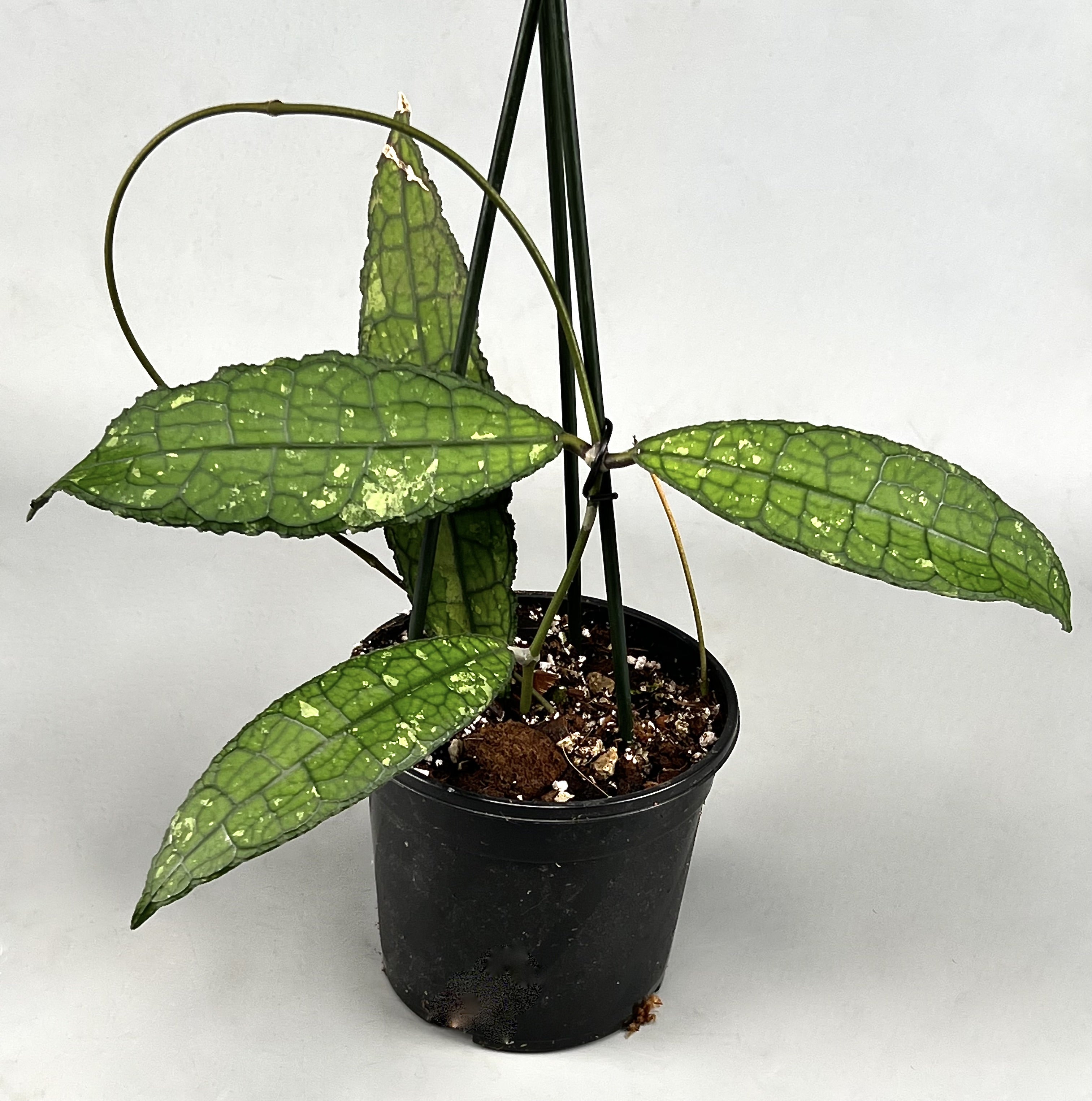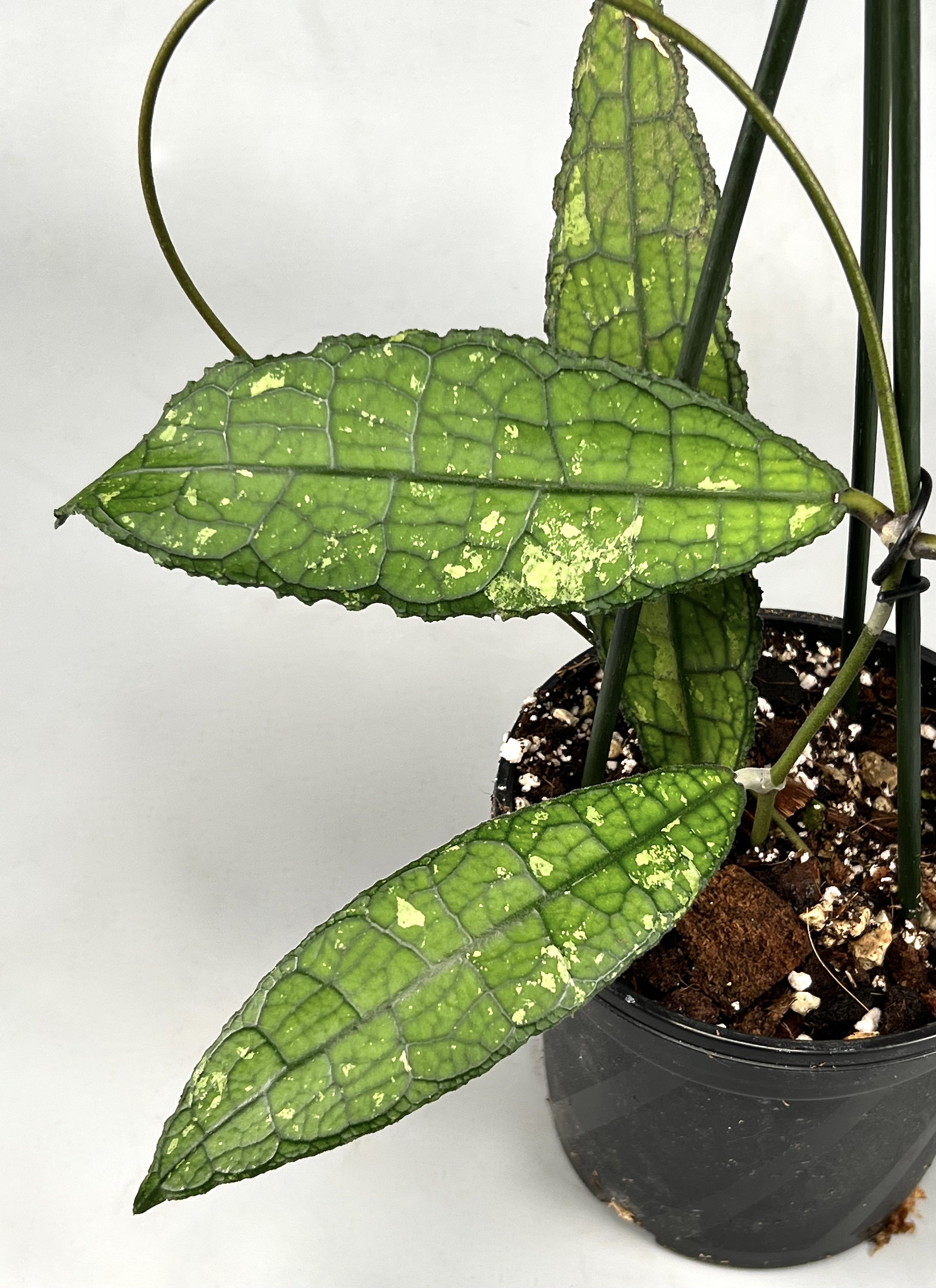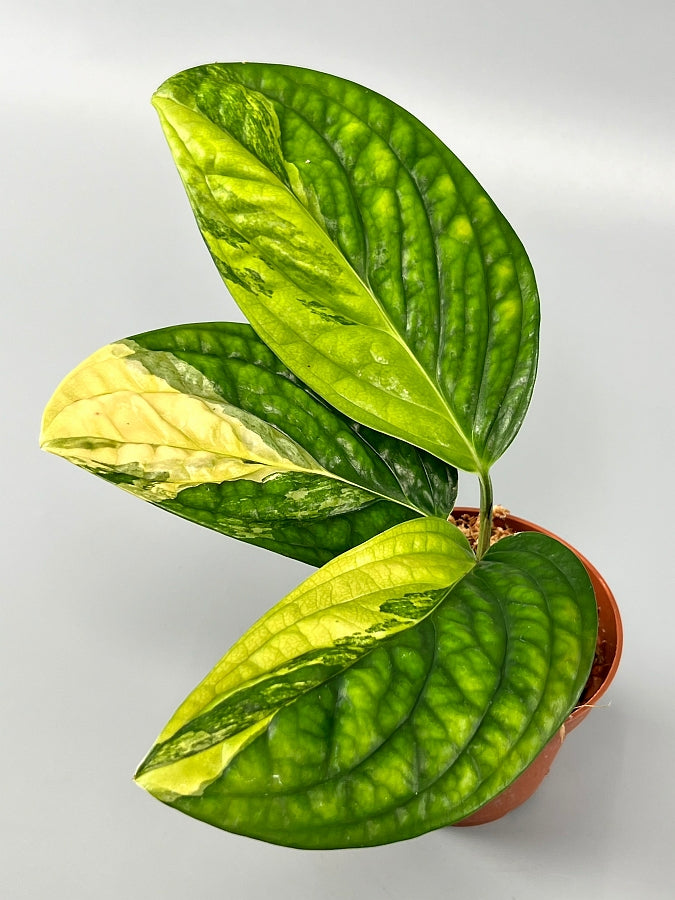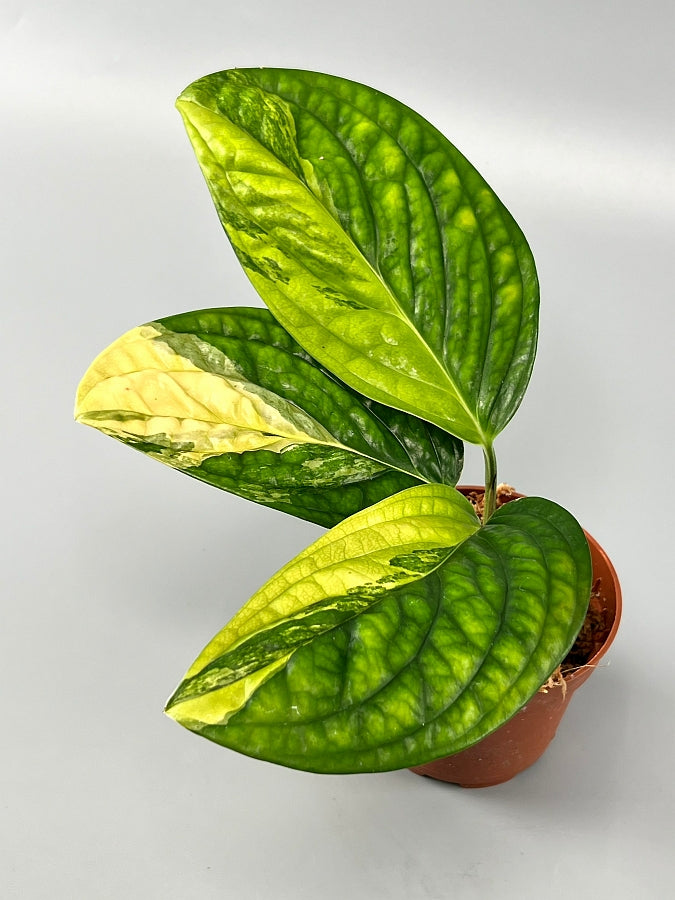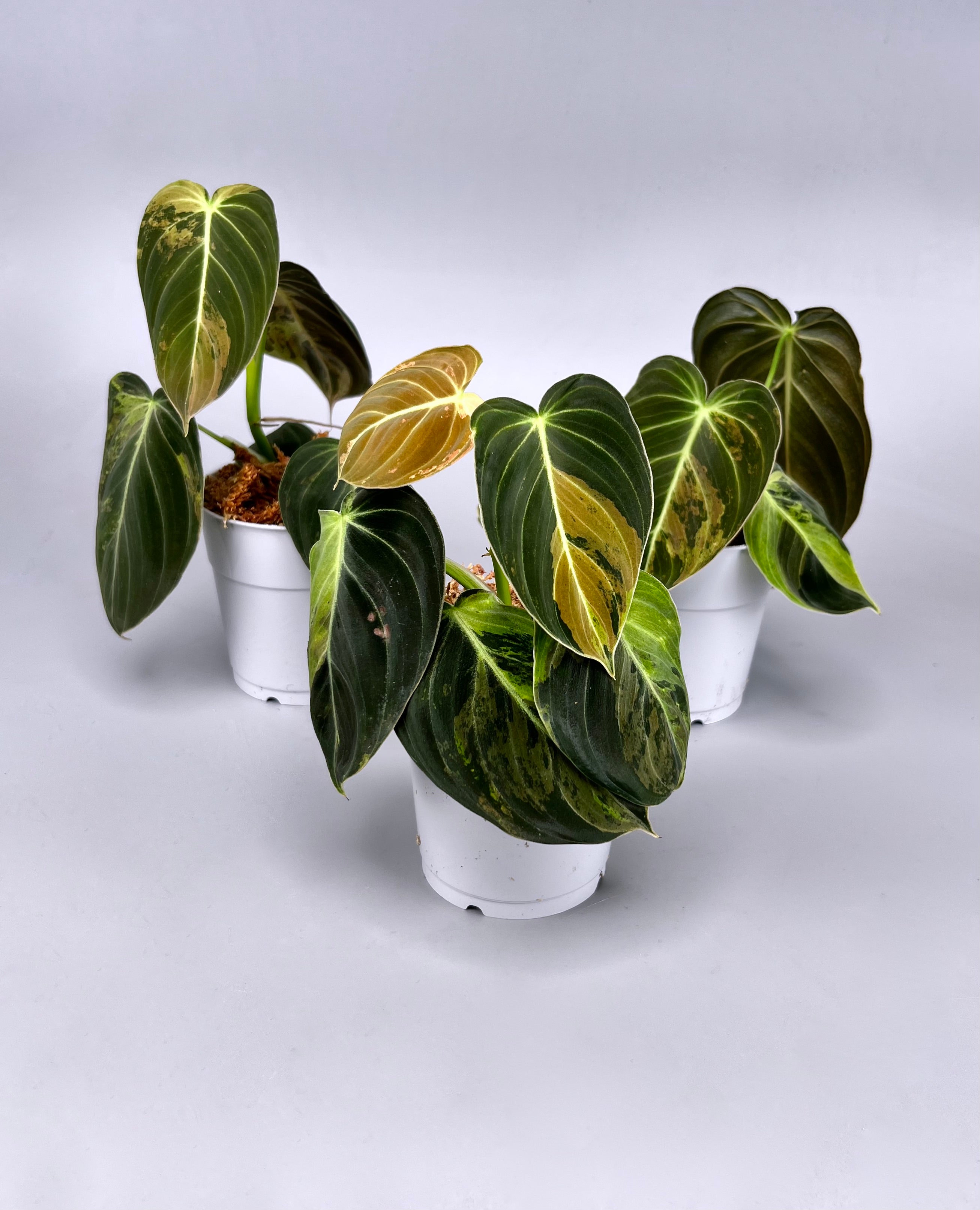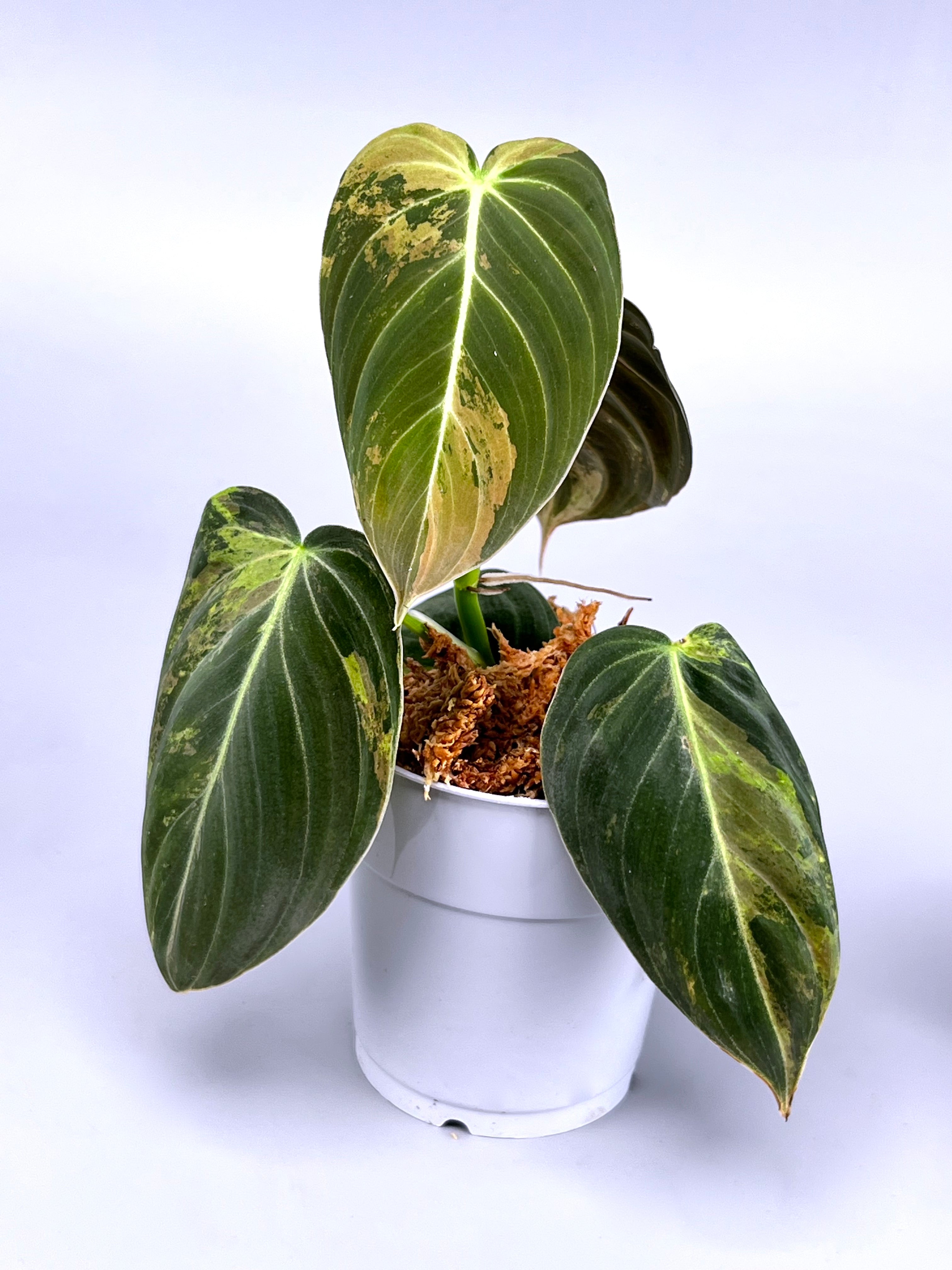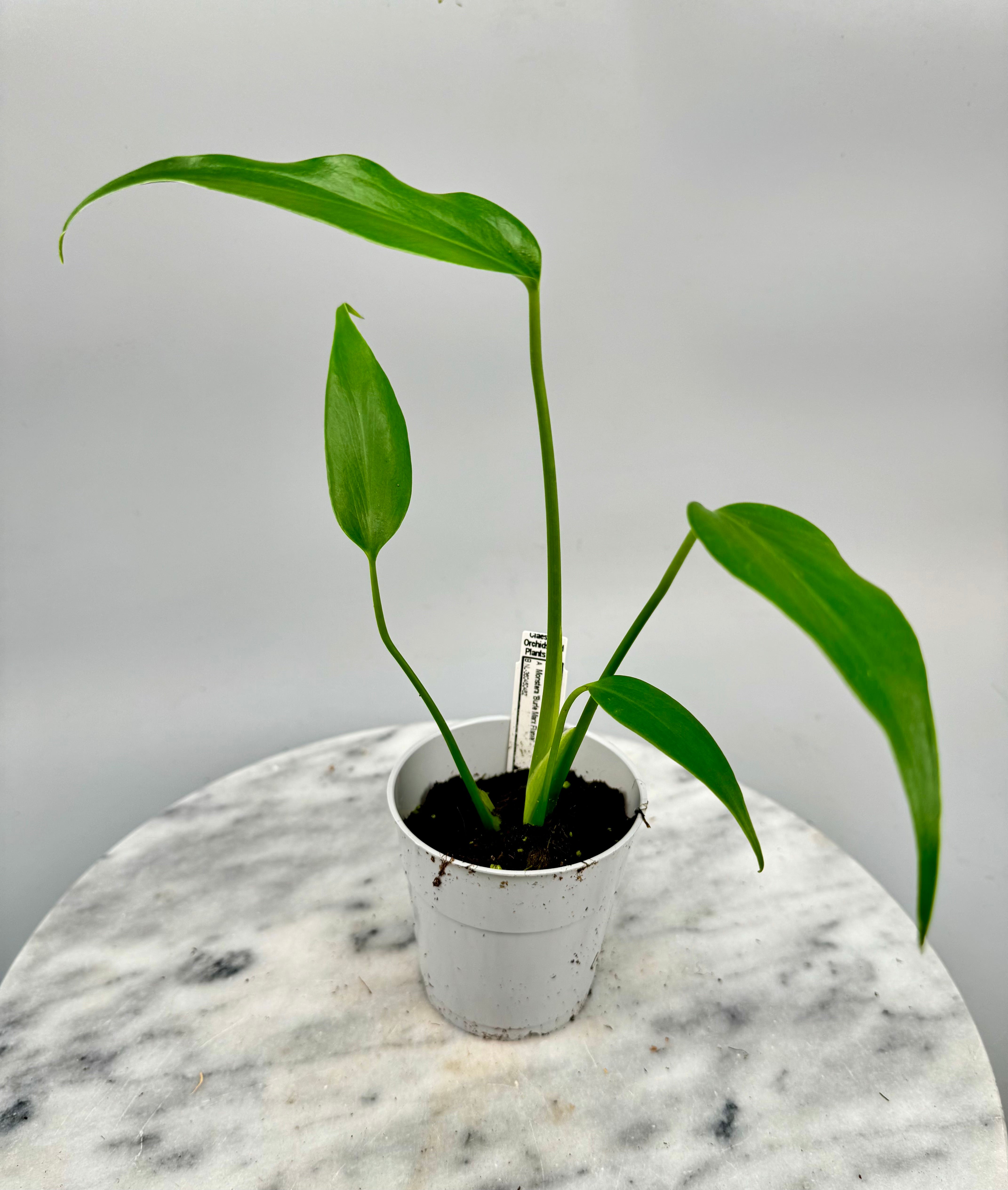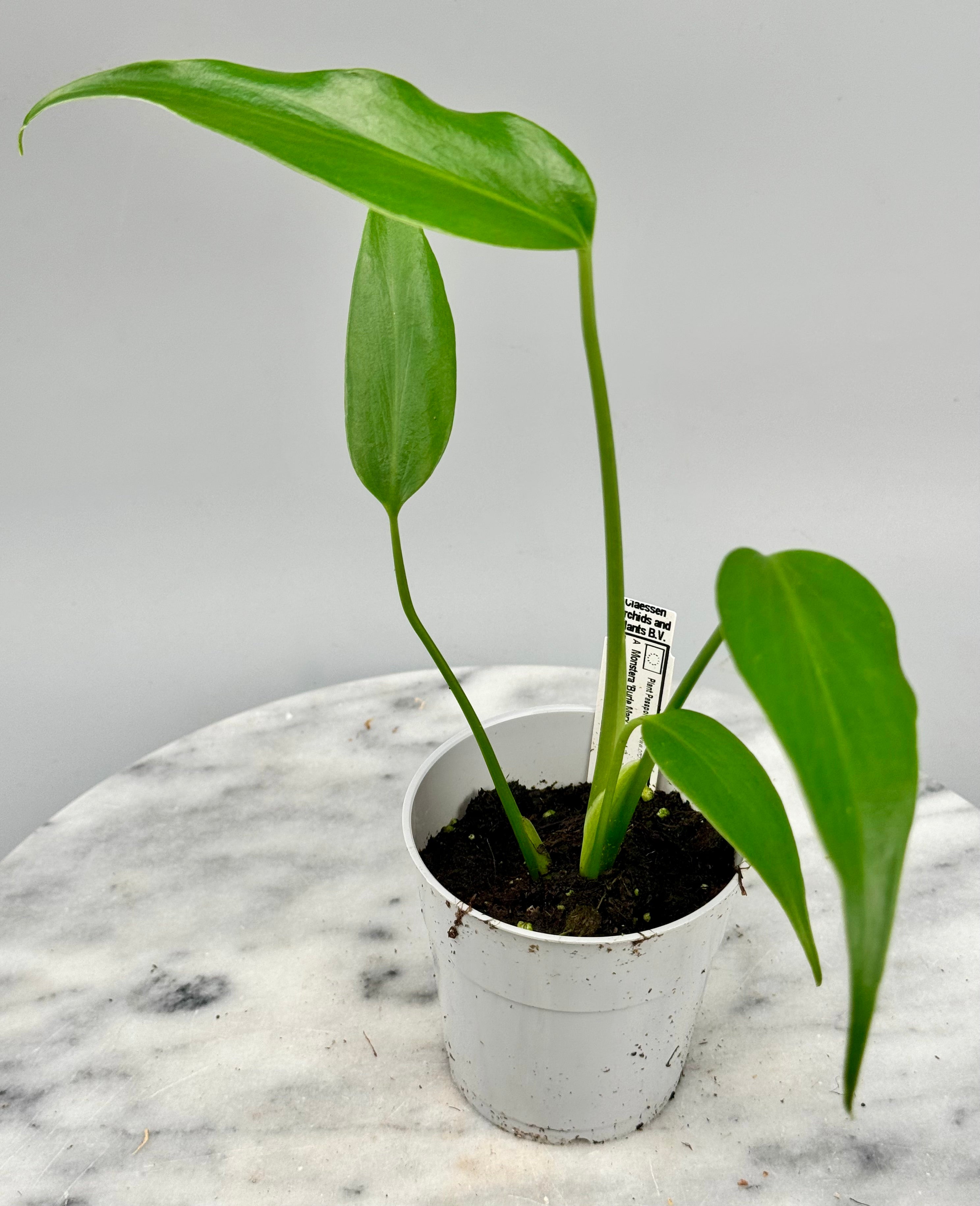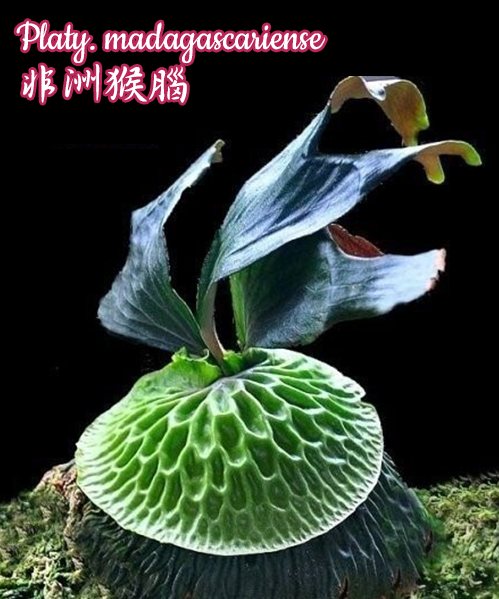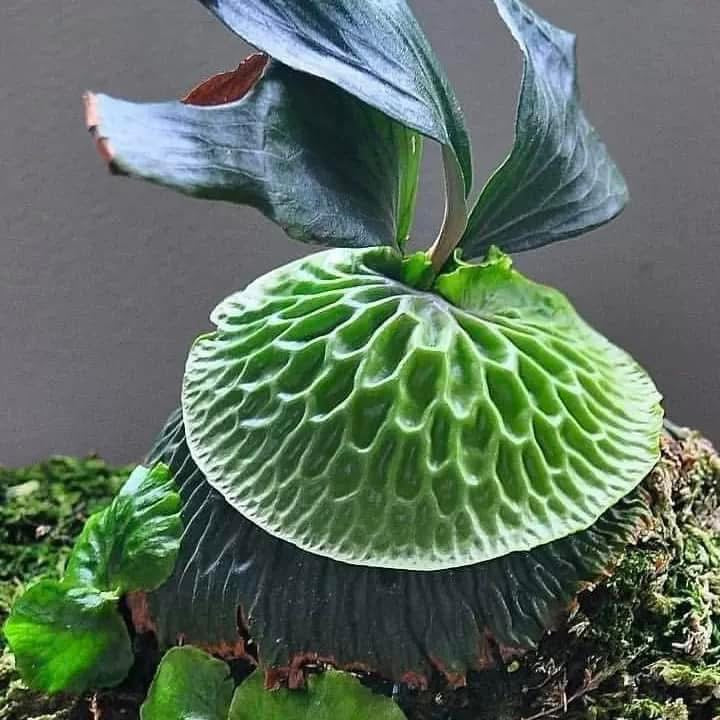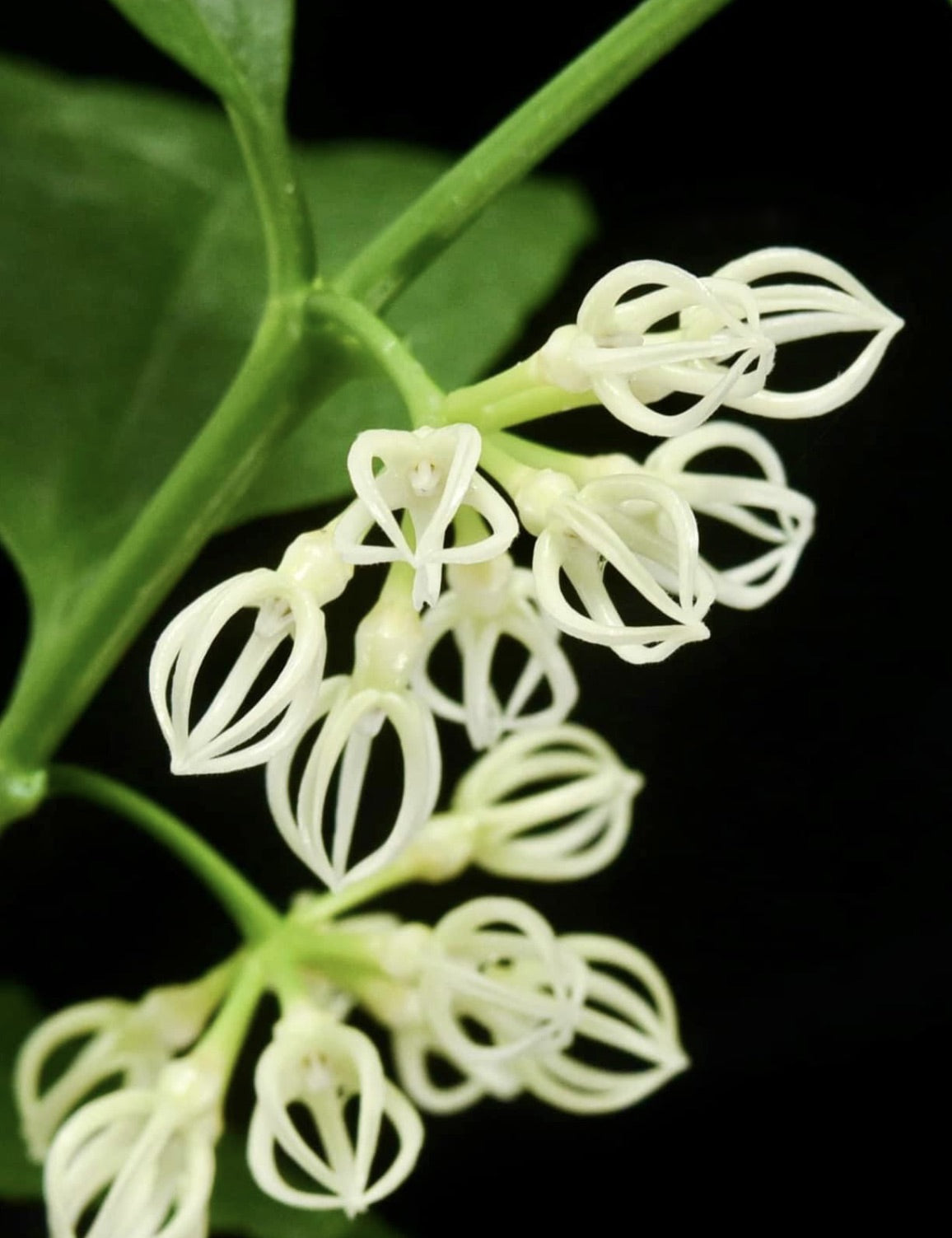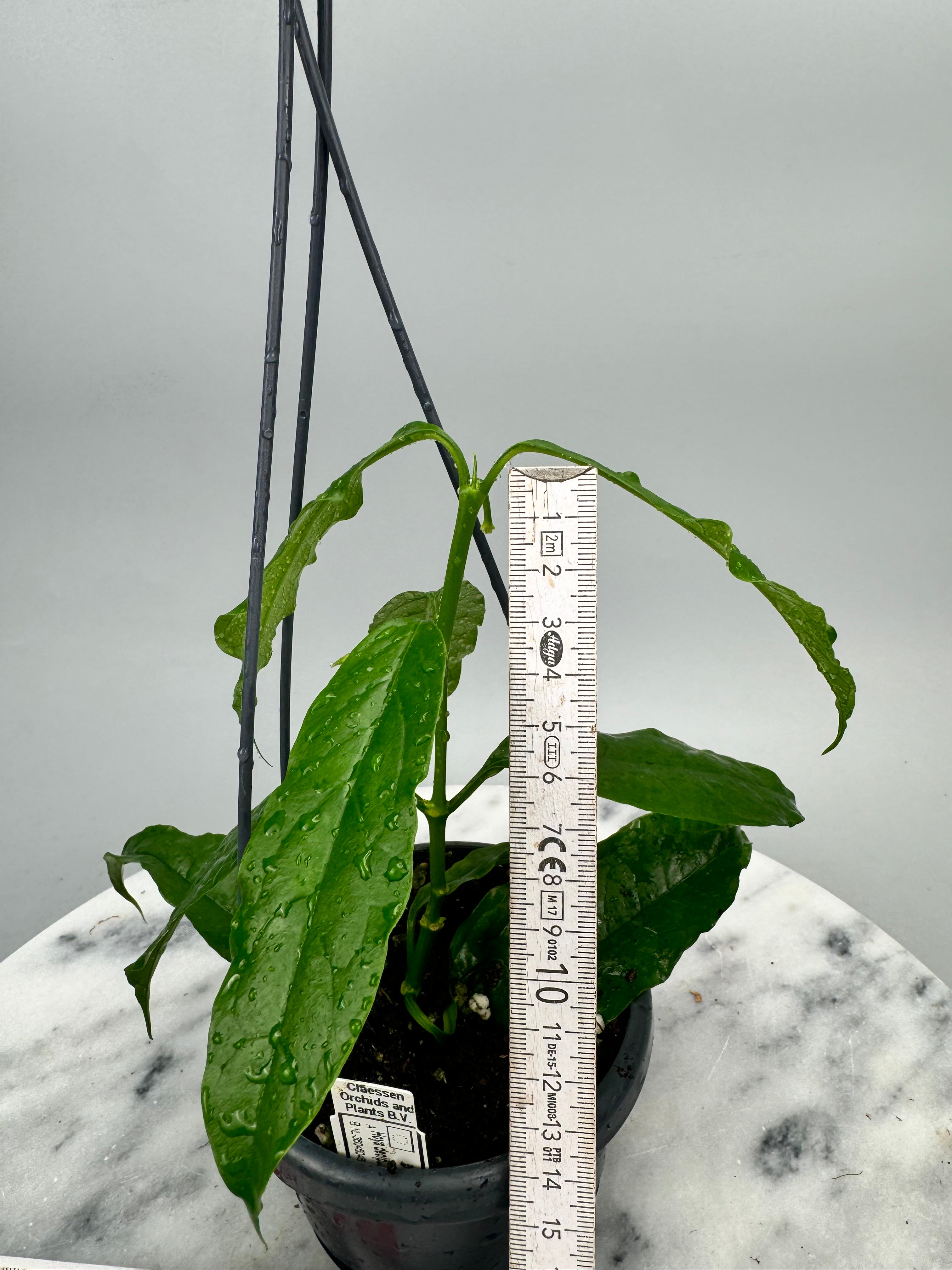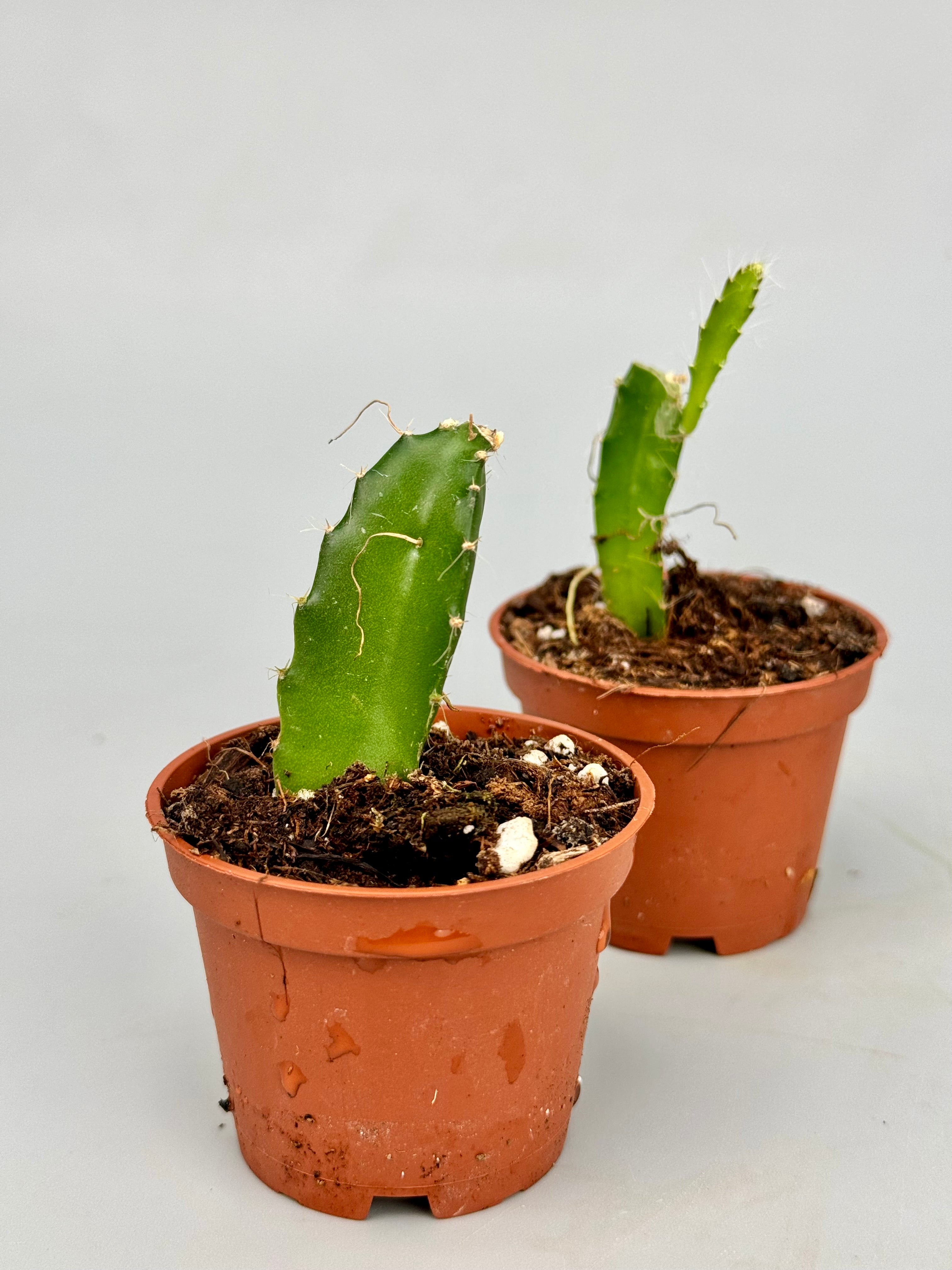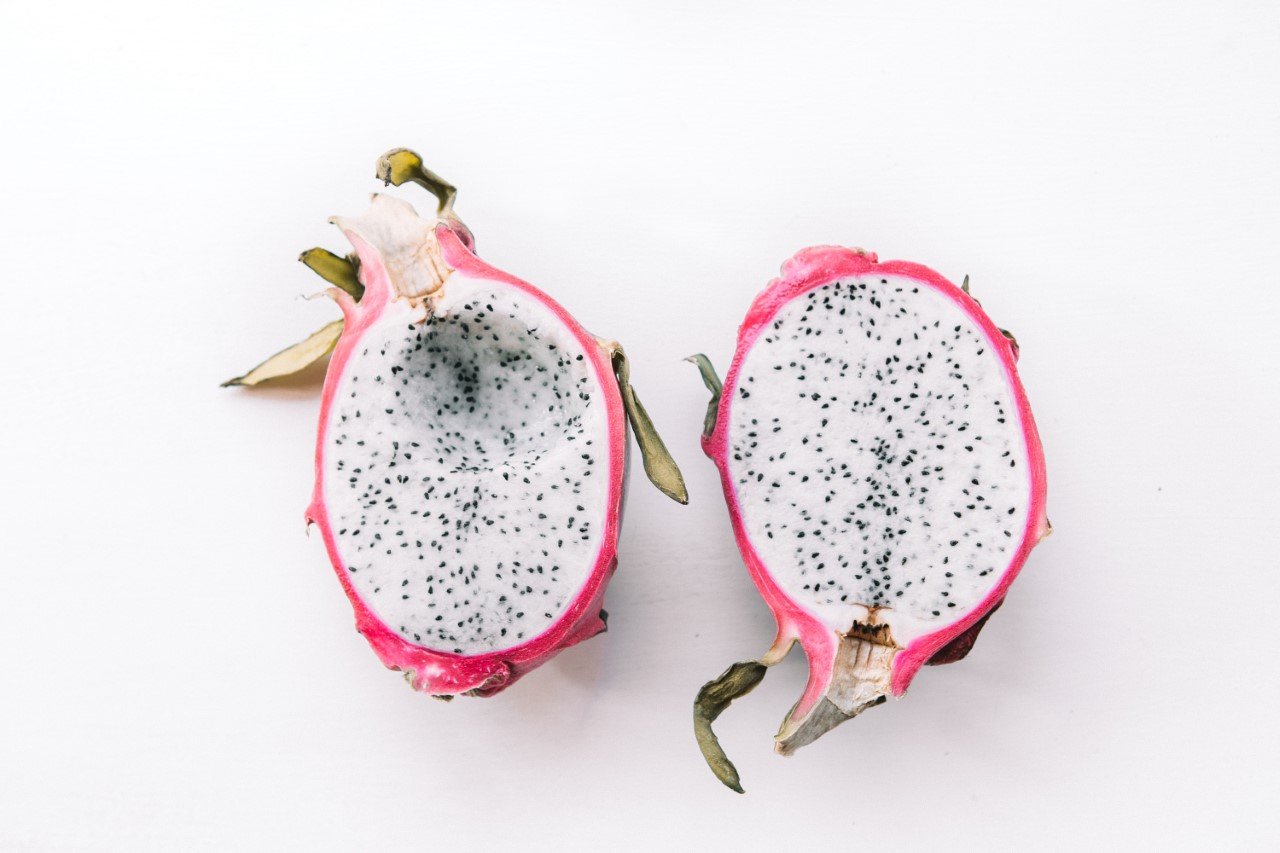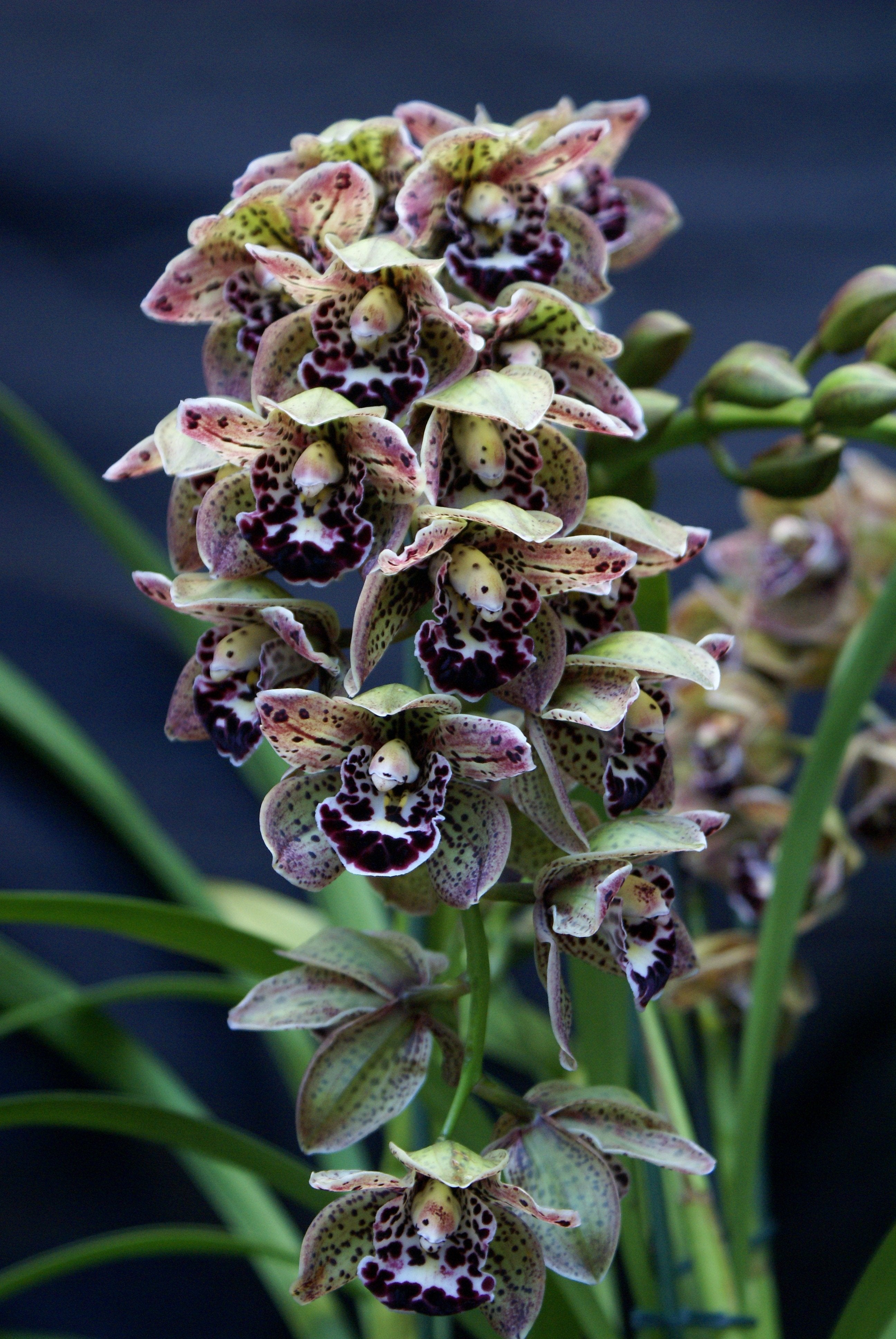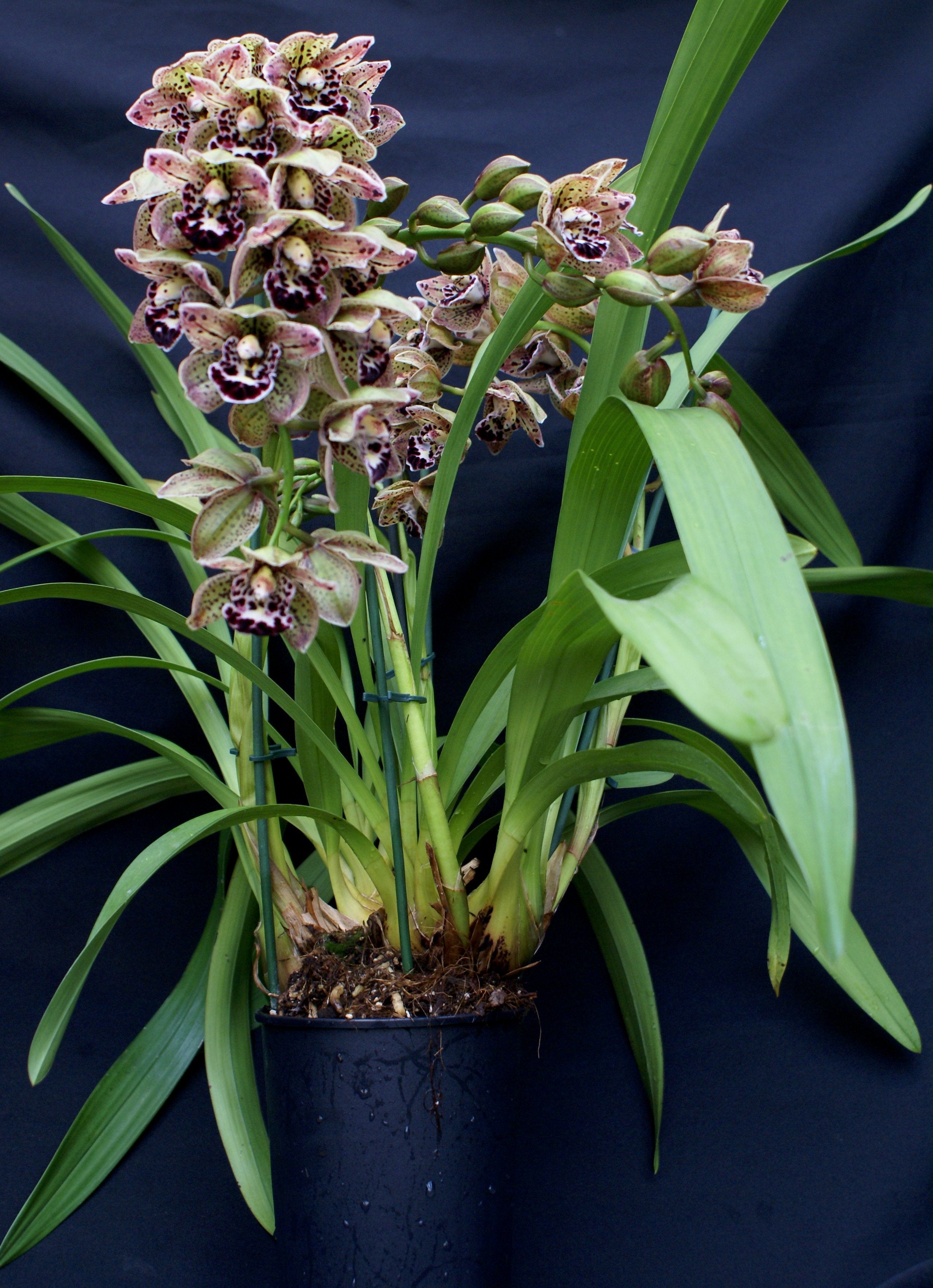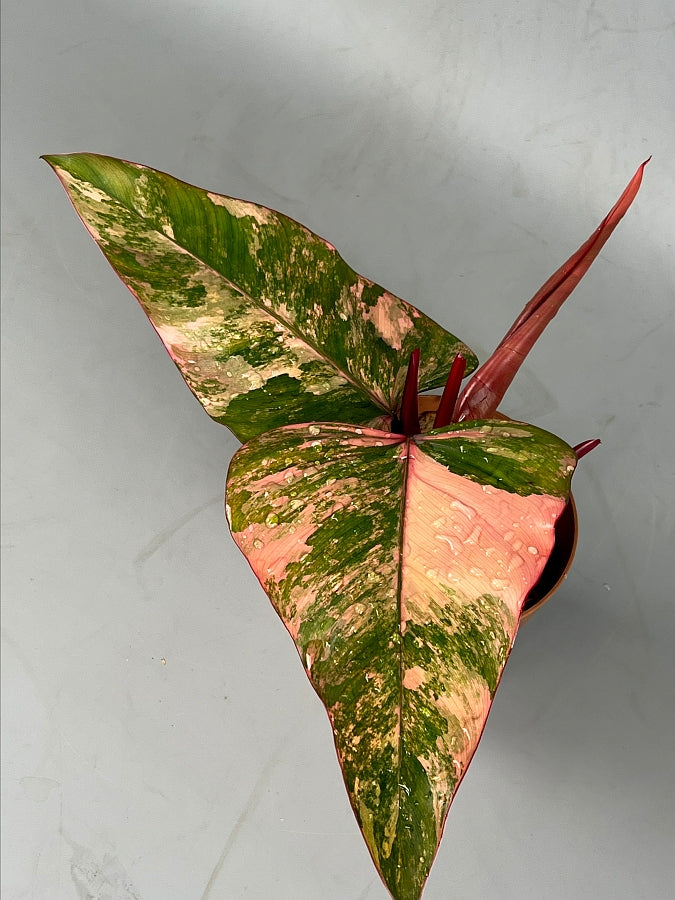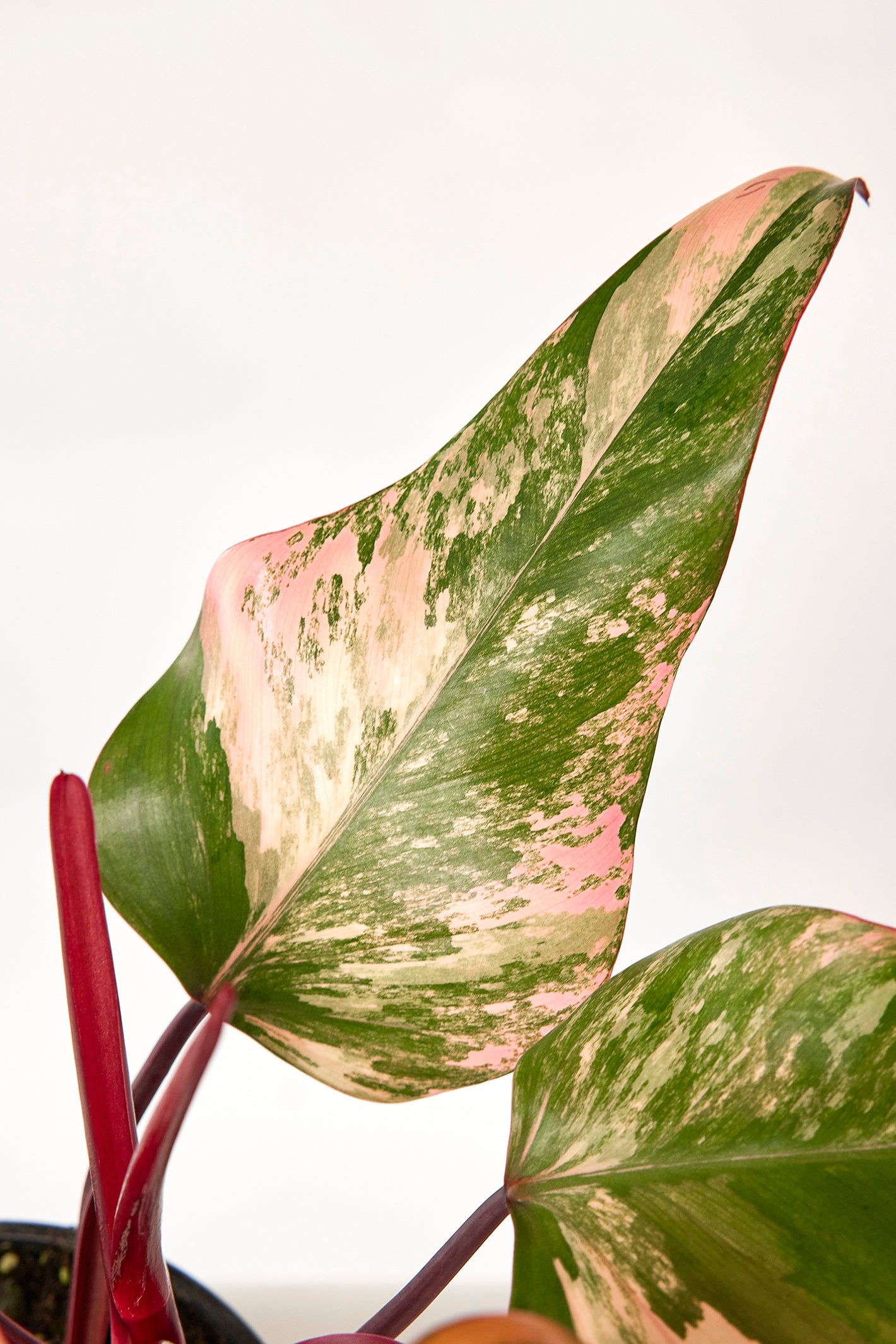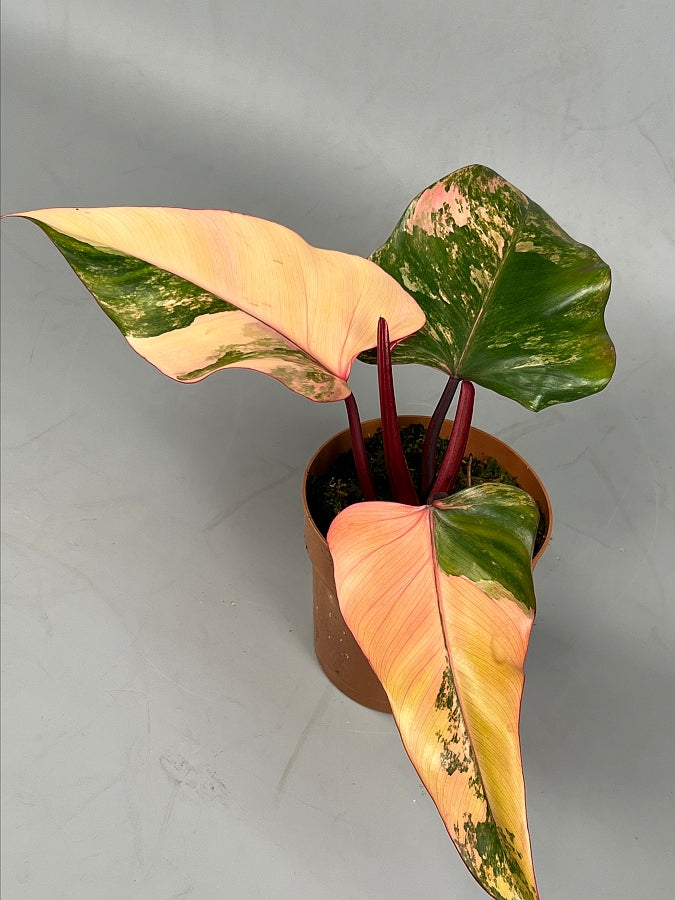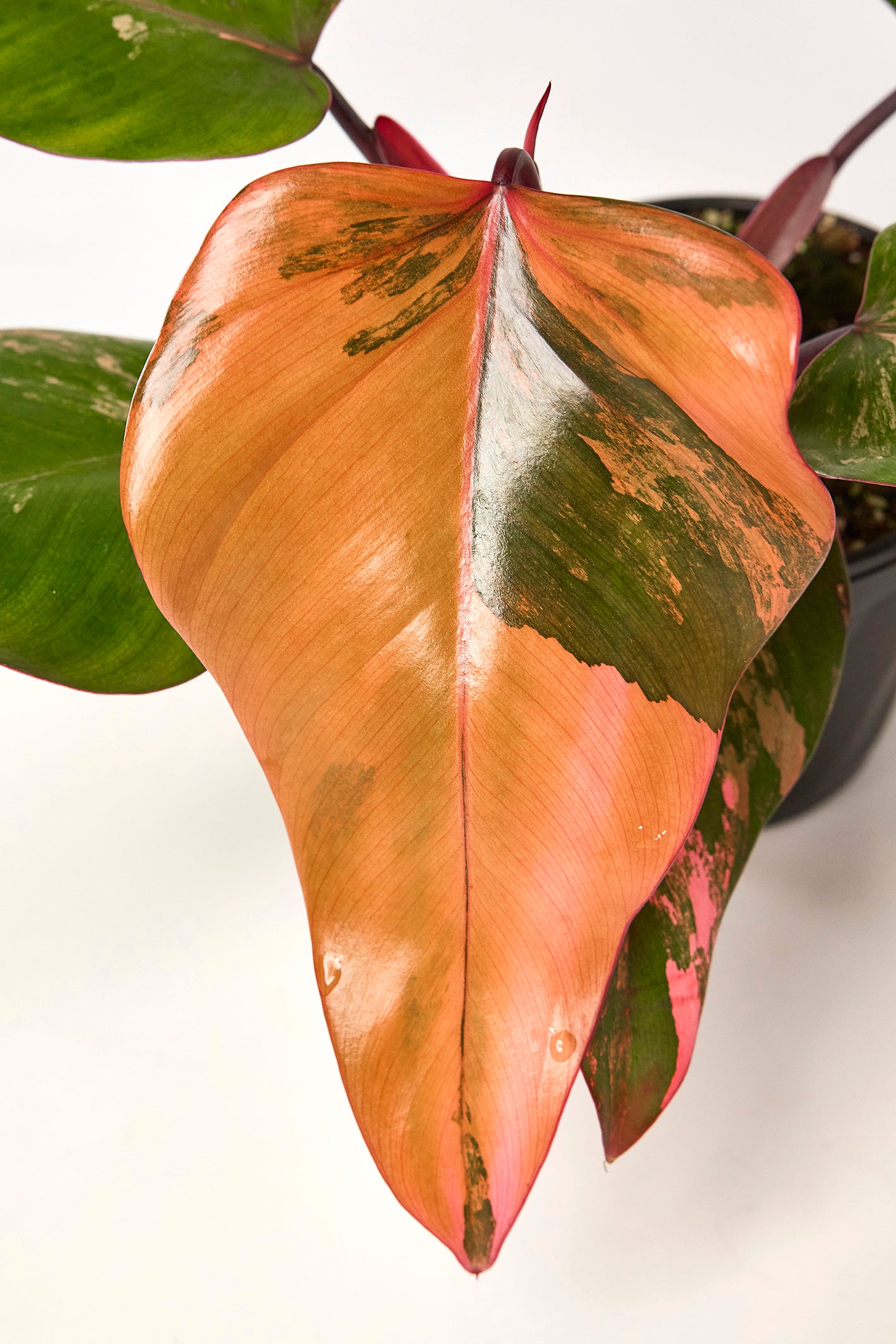Orchids are one of the most popular houseplants due to their aesthetic properties. Yet sometimes these beauties cause concerns, especially when an orchid starts to get yellow leaves. It is a common problem, which we would like to tell you more about as an experienced grower of more than 20 years and hobbyist for more than three decades.
Natural process or problem?
A yellow leaf on an orchid is not always cause for concern. Often it is a natural process where the older leaves die off and new ones grow. The plant then draws energy from the old leaves. This process can often be seen at a Phalaenopsis orchid (butterfly orchid). When several leaves begin to turn yellow, it is time to look more closely at the cause.
Incorrect watering
What is the biggest cause of yellow leaves in orchids? The wrong dosage of watering.
Too much water
Many people who already have houseplants, such as a Anthurium, had and now have a Phalaenopsis buy an orchid, will be accustomed to keeping the potting soil slightly moist. Still, this is true with a Phalaenopsis orchid, this is not such a good plan. Orchids love humidity, but hate standing water near their feet. Yellow leaves, then, are often the plant's first warning to you. Check carefully to see if the roots are brown, soft and soft.
Not enough water
Yellow leaves on an orchid can also be signs of too little water. When dehydrated, the leaves become yellow and limp. Water the orchid regularly, but avoid leaving water in the pot.
Too much light
Orchids often grow in filtered sunlight in tropical rainforests. Direct sunlight is sensitive to them and it can cause burn marks. Those burn marks can be the cause of yellow leaves.
So always put an orchid in filtered sunlight and preferably in a place where the summer sun cannot shine too brightly, such as a north or east-facing window. The use of net curtains or other window coverings is a tip to go along with this.
Fertilizers: Lack or too much?
Lack of the orchid's main nutrients (nitrogen, potassium, magnesium and phosphorus) can cause symptoms such as yellow leaves. However, over-fertilization due to accumulation of minerals can cause the same symptoms and additionally damage the roots.
For orchids, use only fertilizer that is suitable for it and fertilize only during the growing period between March/April and August/September.
Diseases and pests
Yellow leaves on orchids can be a sign of diseases such as bacterial or fungal infections, but it can also be a sign of a pest.
Fungal and bacterial infections.
For fungal infections, treating the affected leaves with an appropriate fungicide or a solution of 1-3% hydrogen peroxide in clean water is recommended.
Pests
Check the plant regularly for thrips, spider mites and mealybugs, among other pests. These can feed on the plant and cause yellow leaves. There are special pesticides for orchids for this as well.
Temperature and humidity
If orchids hate anything, it's sharp temperature fluctuations or dry air. Conditions that are too cold or too hot can cause stress, resulting in yellow leaves in orchids.
Best temperature
Most orchids like a temperature of 18 to 25 degrees Celsius. But there are also cooler and warmer species. So look carefully at the individual needs of the species of orchid you have.
Increase humidity
Humidity is especially important in the winter, when the heater comes on. Use a humidifier, set out trays of water or hang some water evaporators on the radiator.
Summary
Yellow leaves on orchids are usually a signal that something is wrong. With proper care and "diagnosis," you can often save your plant. Whether it is due to water, light, nutrients or other factors, with a little patience and attention you can address the problem.
By following the right tactics and observing the plant closely, your orchid will start growing healthy again. And maybe your orchid will soon reward you with another bloom!

